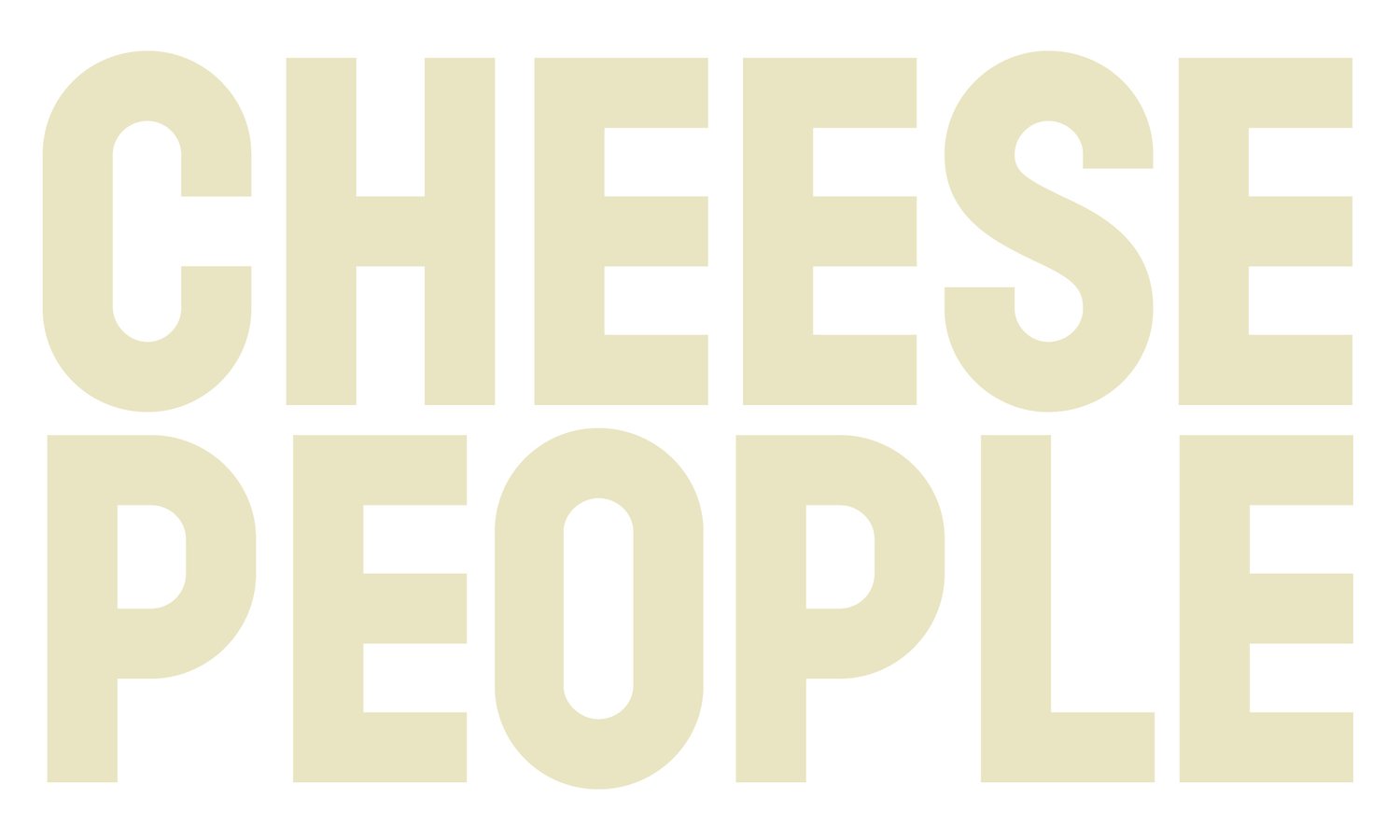FAQ
-
Your order will be dispatched on Thursday for delivery on Friday with DHL.
If you are ordering cheese for delivery for a special occasion, be sure to select a preferred delivery date two days in advance of your event in case of courier delays.
-
Wipe the inside of your fondue pot with the cut garlic (optional). Add the wine (80-100ml) and heat on a medium heat. Add the cheese from the pack. Stir constantly. Heat until the cheese is melted and the fondue is hot. Don’t panic if it seems like it’s not coming together - just keep stirring and it will. Don’t be tempted to turn the heat up too high. Add the Kirsch (optional). If the fondue is too thick, add a little more wine.
-
Ingredients
Gruyère AOP, Vacherin Fribourgeois AOP, Bergkäse (mountain cheese), white wine (contains sulphates), kirsch, cornflour, spices
Preparation
Rub half a cut clove of garlic around the inside of your fondue pot. Add the Fondue Vite and heat over a moderate heat, stirring until it starts to lightly bubble.
-
Use a dry white wine that you are happy to drink a glass of whilst making the fondue! Avoid sweet wines, they don’t work for fondue.
-
Start with 80-100ml per 400g bag of grated cheese. You can add more at the end if you would like it less thick. This is a matter of preference - don't be afraid to experiment.
-
We think adding 2 teaspoons of Kirsch makes a fondue extra special, although it is completely optional. Other great substitutes include whiskey or any eau de vie.
-
Substitute wine for water and add a teaspoon of lemon juice as you need some acidity.
-
This could be because it needs more time being stirred constantly on a low/medium heat. It might be that if it has been melted on a very high heat, it might not come together as well - try adding a teaspoon of cornflour in a crisis. If it has become too thick - add more wine.
-
Alpage is the french expression for an alpine meadow, which animals are herded to in summer, and only in summer. Therefore Alpage cheese is made up on the Alp in the summer months when the animals are grazing. Alpine cheese making is always a small scale operation, many processes are still done by hand. Often they use wood fires to heat the milk. Eating this cheese, keeps these long-standing Swiss traditions alive.
-
A cheese made specifically for melting. It doesn’t separate as much as other cheeses when melted and stays soft as it cools.
-
This is a cheese produced throughout the year in the village dairies in mountainous areas. It is a style of production where the cows usually graze at about 800m to 1000m.
-
We are passionate about selecting cheese that has been made from high quality milk. Our Alpine cheeses come from grass-fed cows which graze on biodiverse meadows at high altitudes. Cows grazing on lower pastures are fed only grass or hay.
Raw milk has not been heat treated or pasteurised.
-
This is how long the cheese has been matured for to develop flavour. We select our raclette at a minimum of 5 months in order to get the optimum flavours.
-
AOP stands for “Appellation d’Origine Protégée”, or “Protected Designation of Origin” (PDO) in English. Products labelled with this mark are produced, processed and refined in a clearly defined region. For AOP cheese, this means that the milk is sourced from the same region in which it is made into cheese and in which the cheese is matured.
-
All our raclette cheeses can be eaten uncooked, as part of a cheeseboard.
-
Fondue Vite per 100g
Energy 279 Cal
Fat 21.7g
Carbohydrates 0.7g
from sugar 0.7g
Protein 18.1g
Salt 1g
Grated Fondue per 100g (mix of cheese only)
Energy 400 Cal
Fat 32
Carbohydrates 1g
from sugar 0g
Protein 27g
Salt 1.5g
-
RACLETTE & FONDUE
Small potatoes
Charcuterie
Cornichon/Pickles
Al dente vegetables
Good crusty bread
Side salad
-
All Fondues and Raclette contain MILK.
Truffle Raclette contains TRUFFLE
-
Refrigerate all our products.
Fondue mixes can be frozen for up to 3 months*
*Defrost slowly in the refrigerator
The best option is to keep the cut cheese wrapped in its waxed paper within a Tupperware box in the fridge. The container will help to prevent the cheese from drying out or from absorbing flavours from other foods in the fridge.
-
In Switzerland the Alpine area is designated as below:
The seasonally managed areas located above the mountain zones. Depending on the region, these range from about 1,200 to 2,400 m above sea level.
Alpine cheese must be made up in the alpine zones (milk not transported down to the village).
